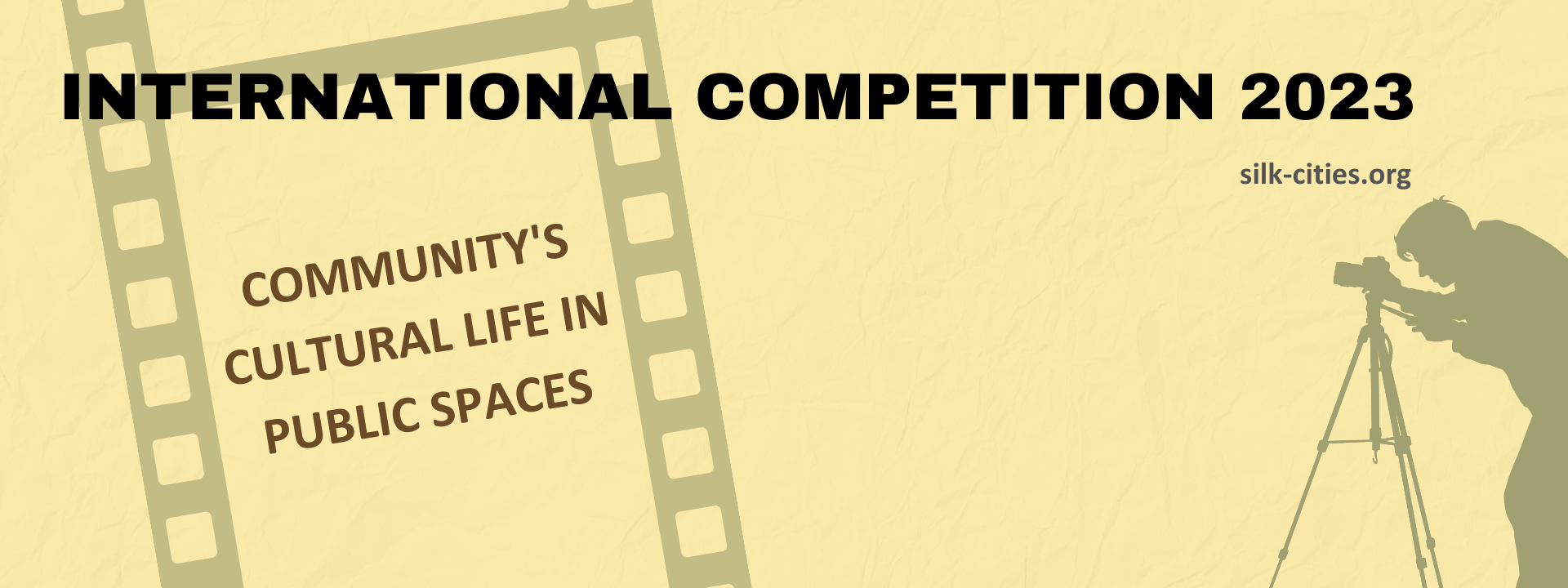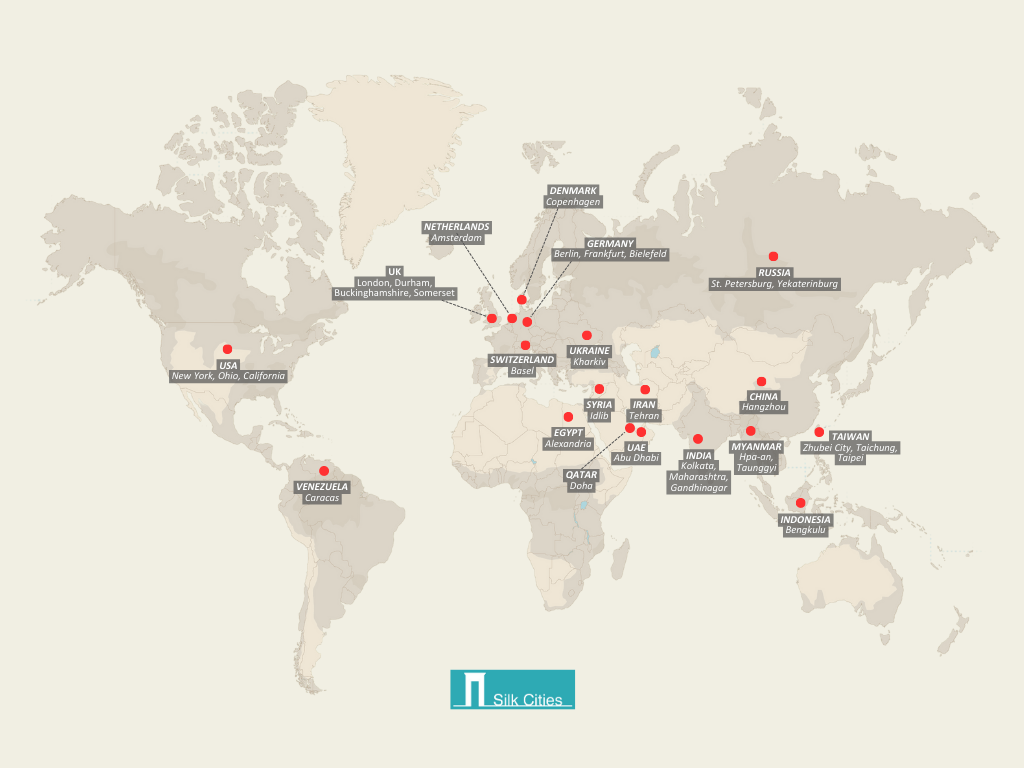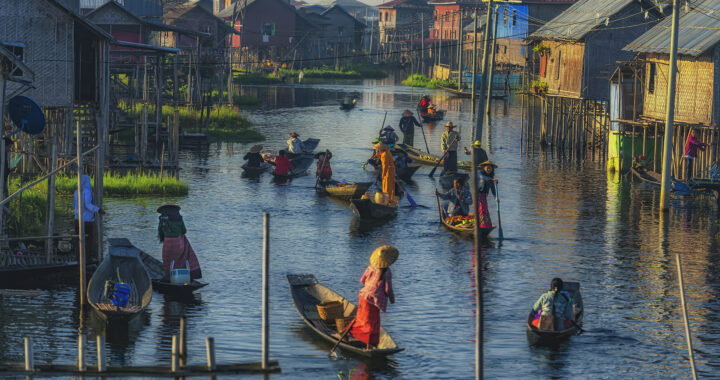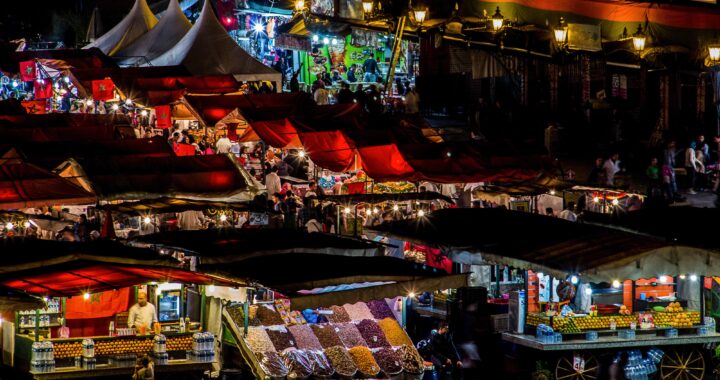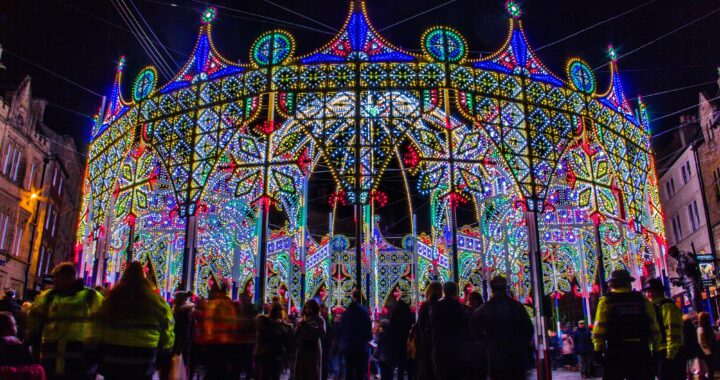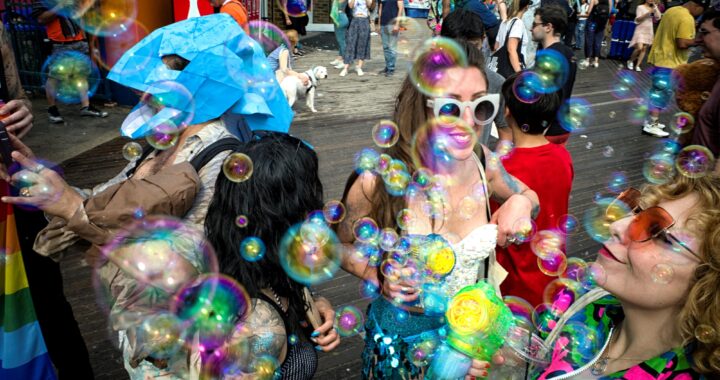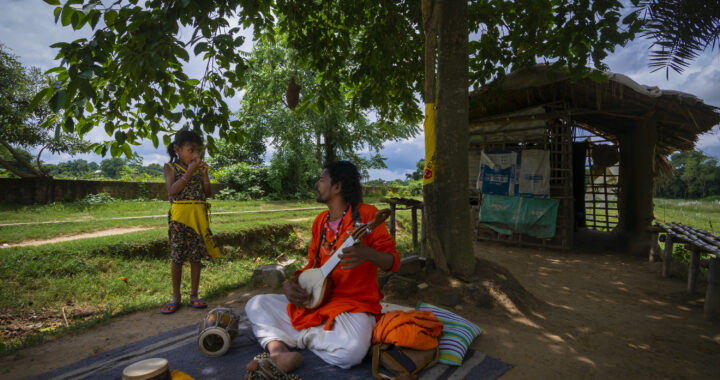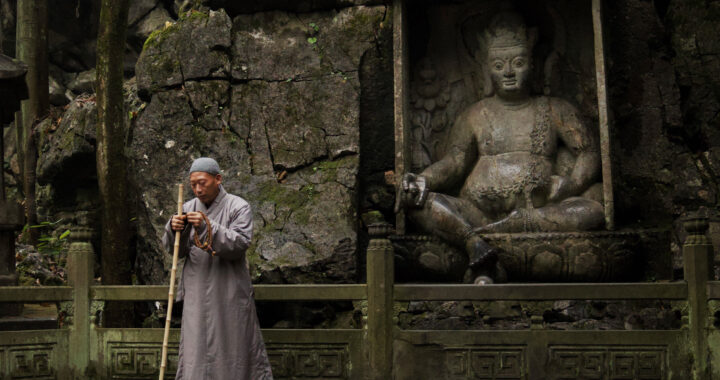PHOTO GALLERY
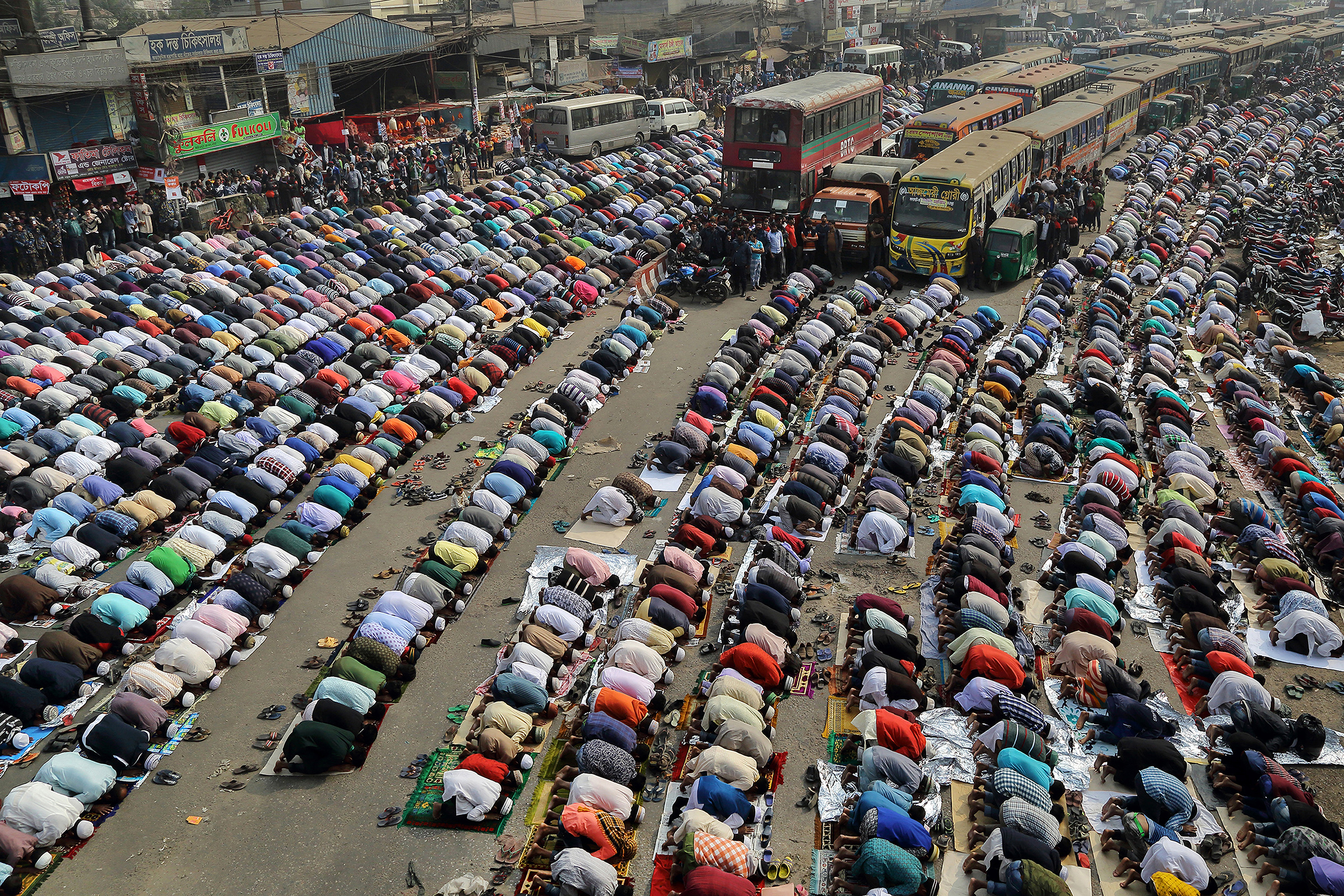
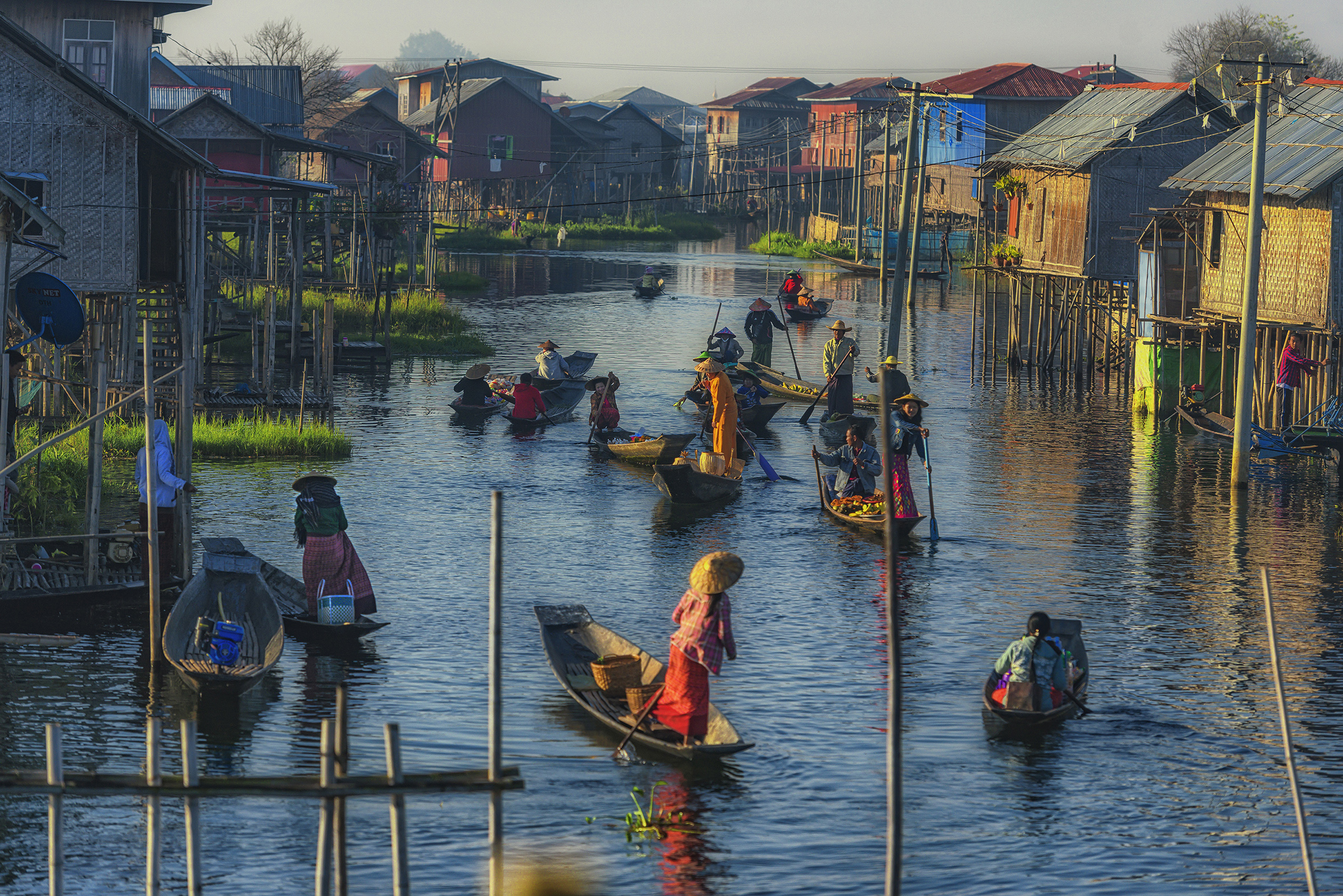
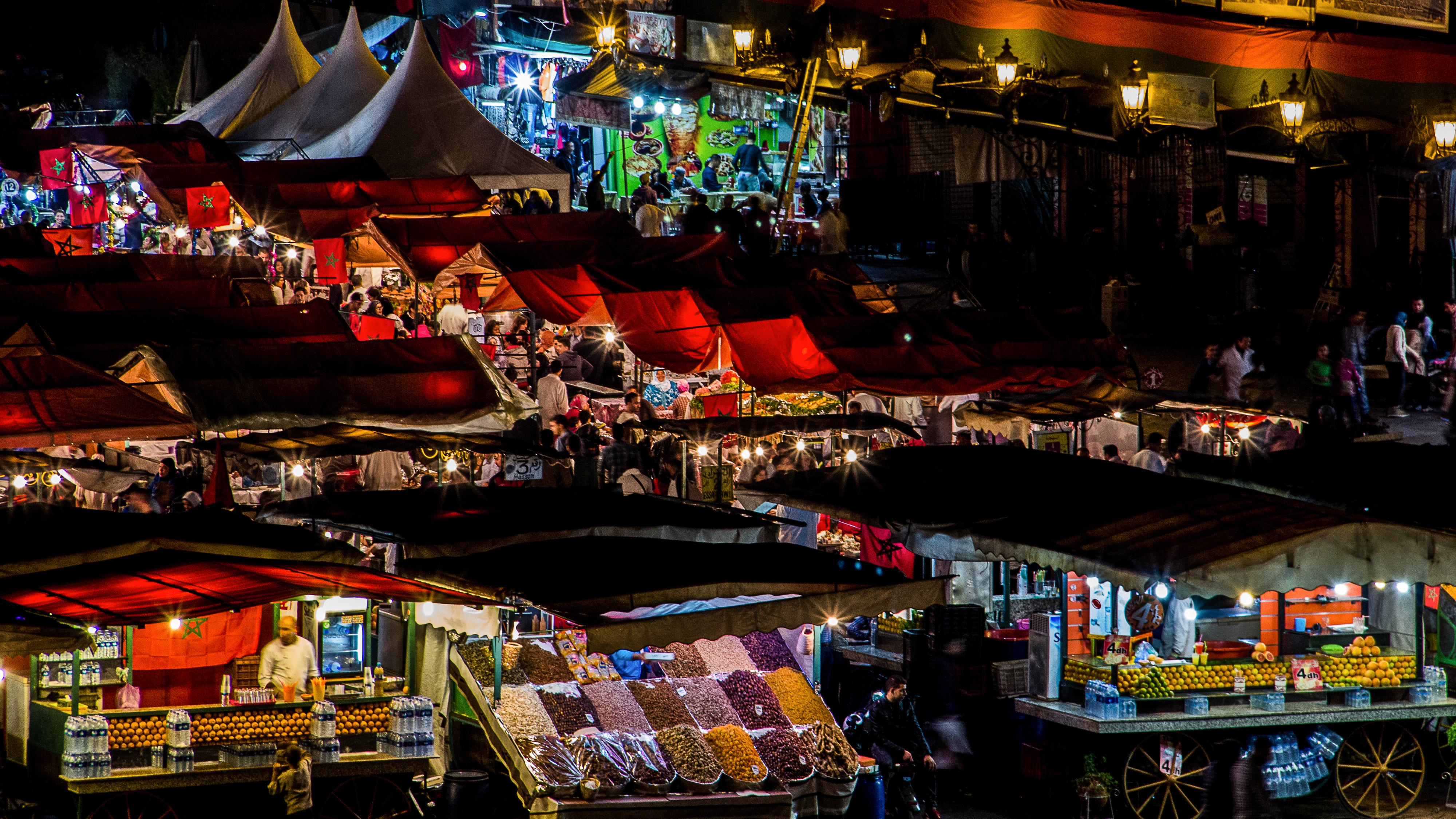
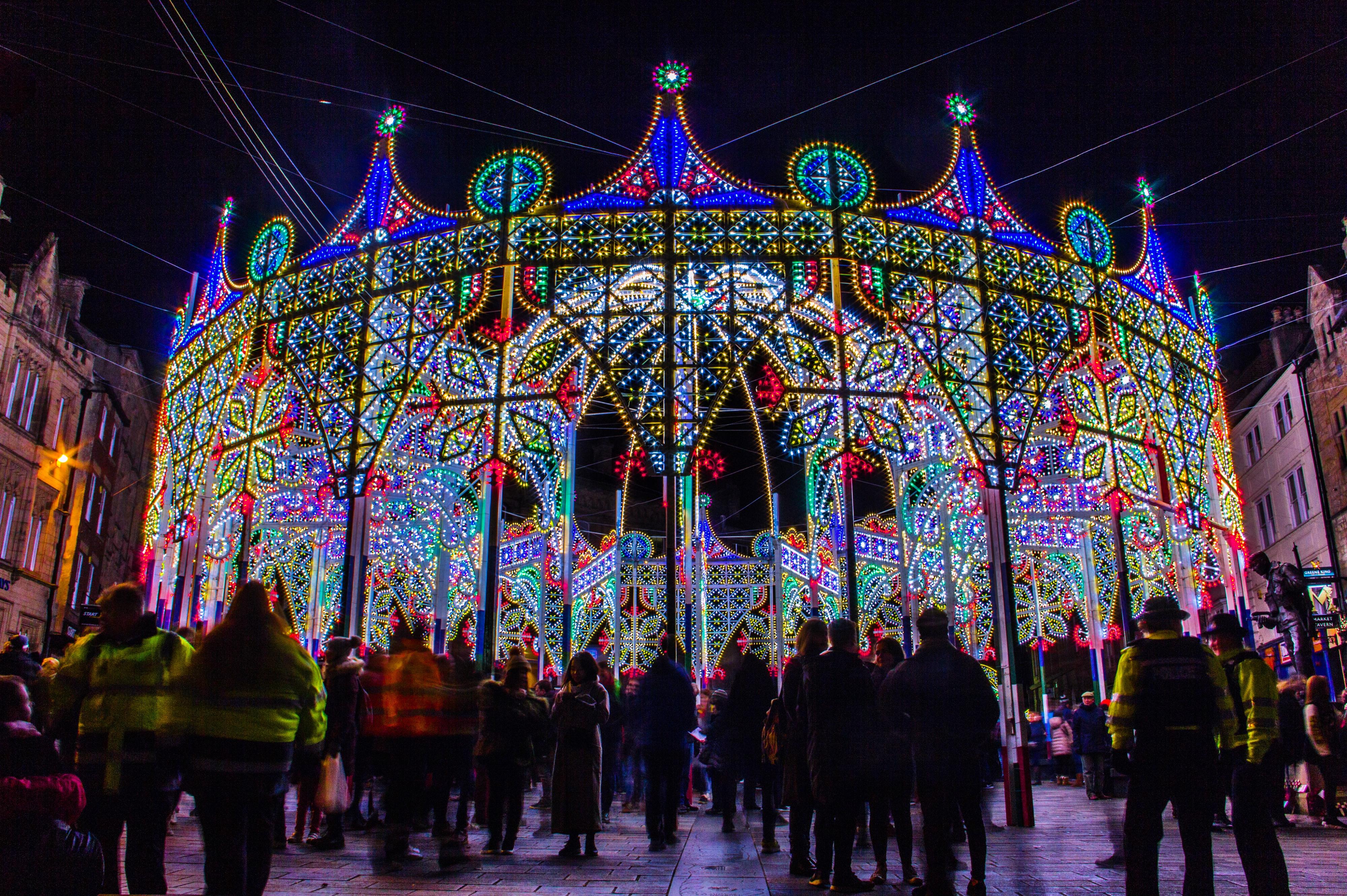
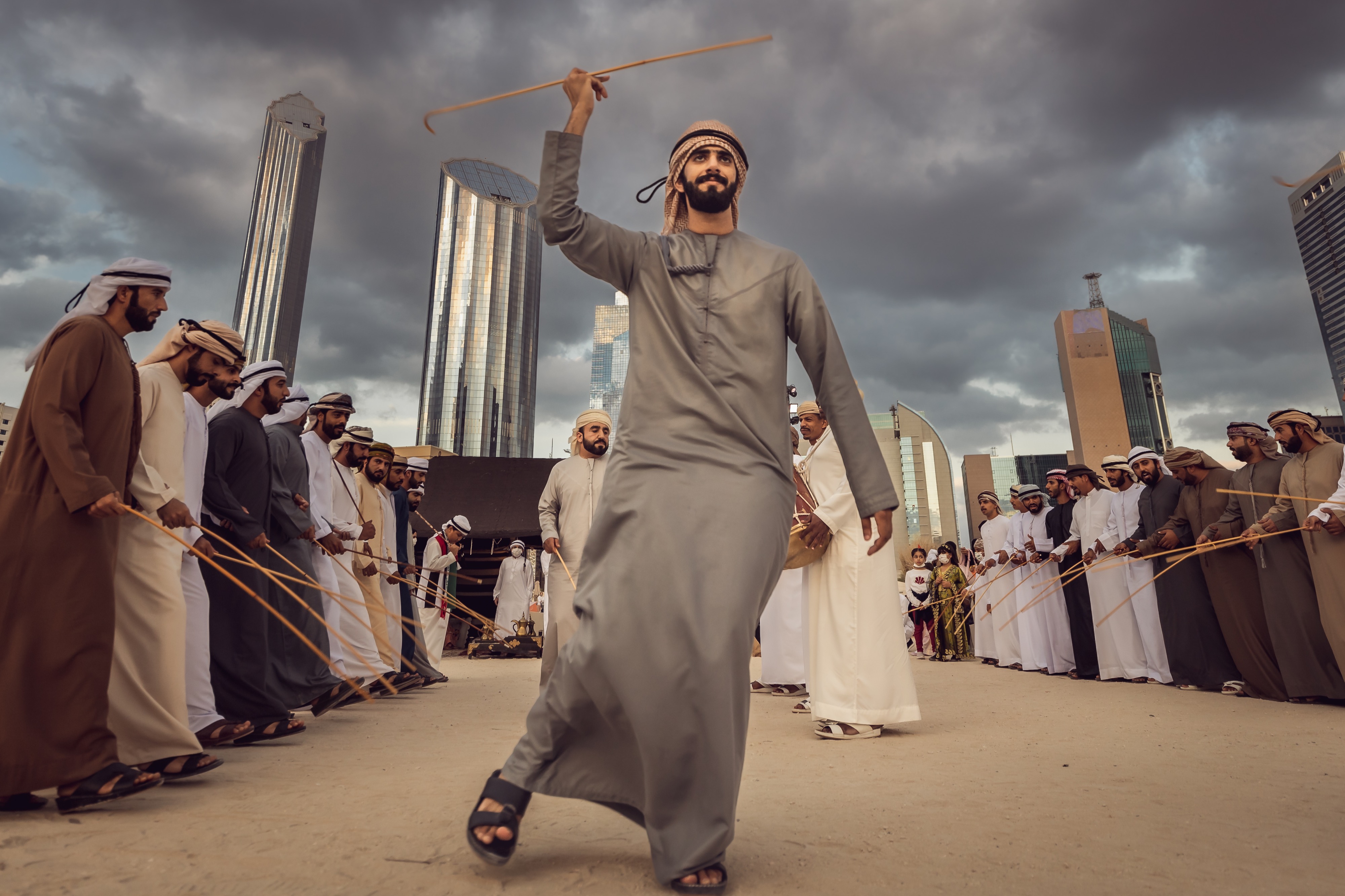
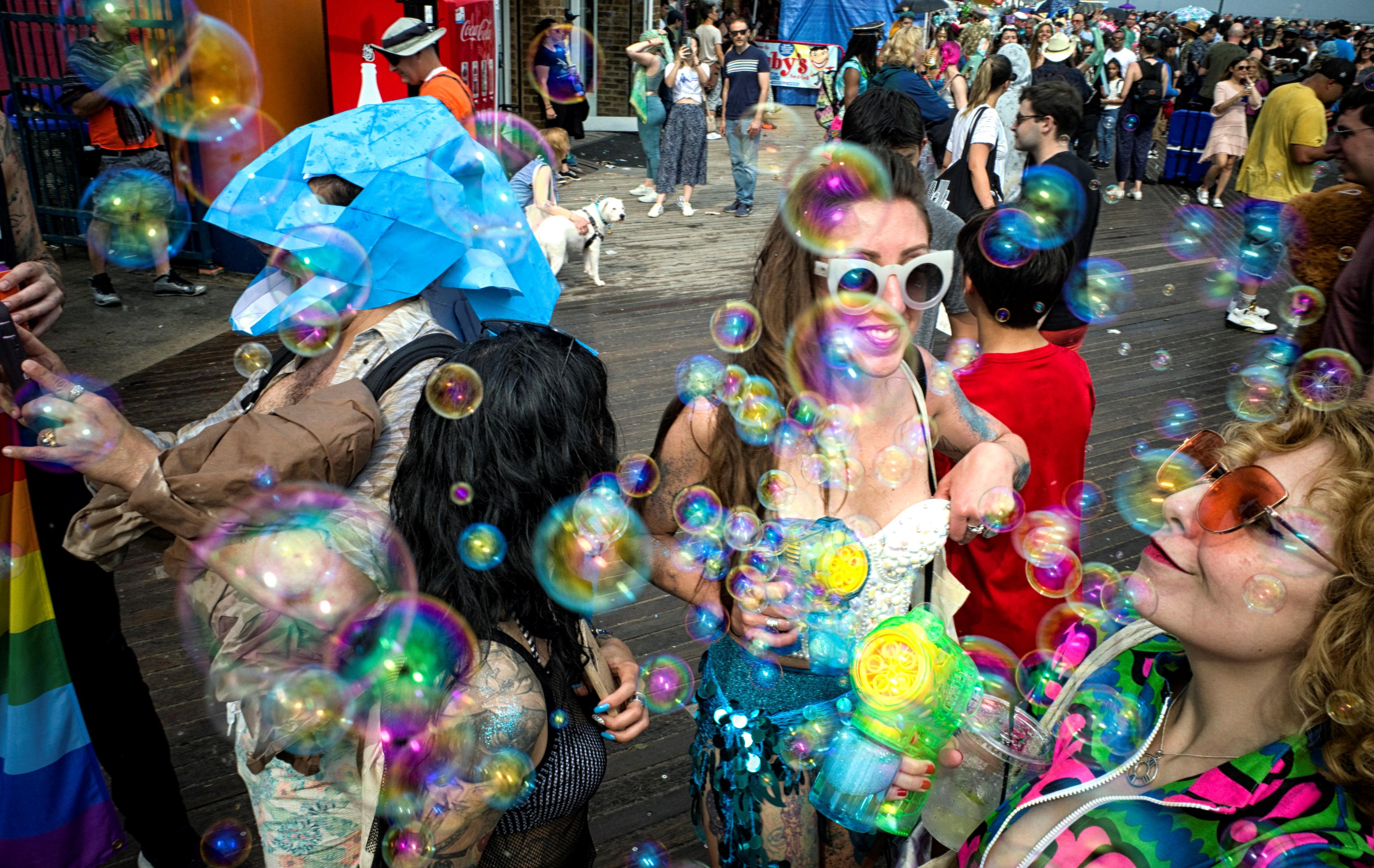


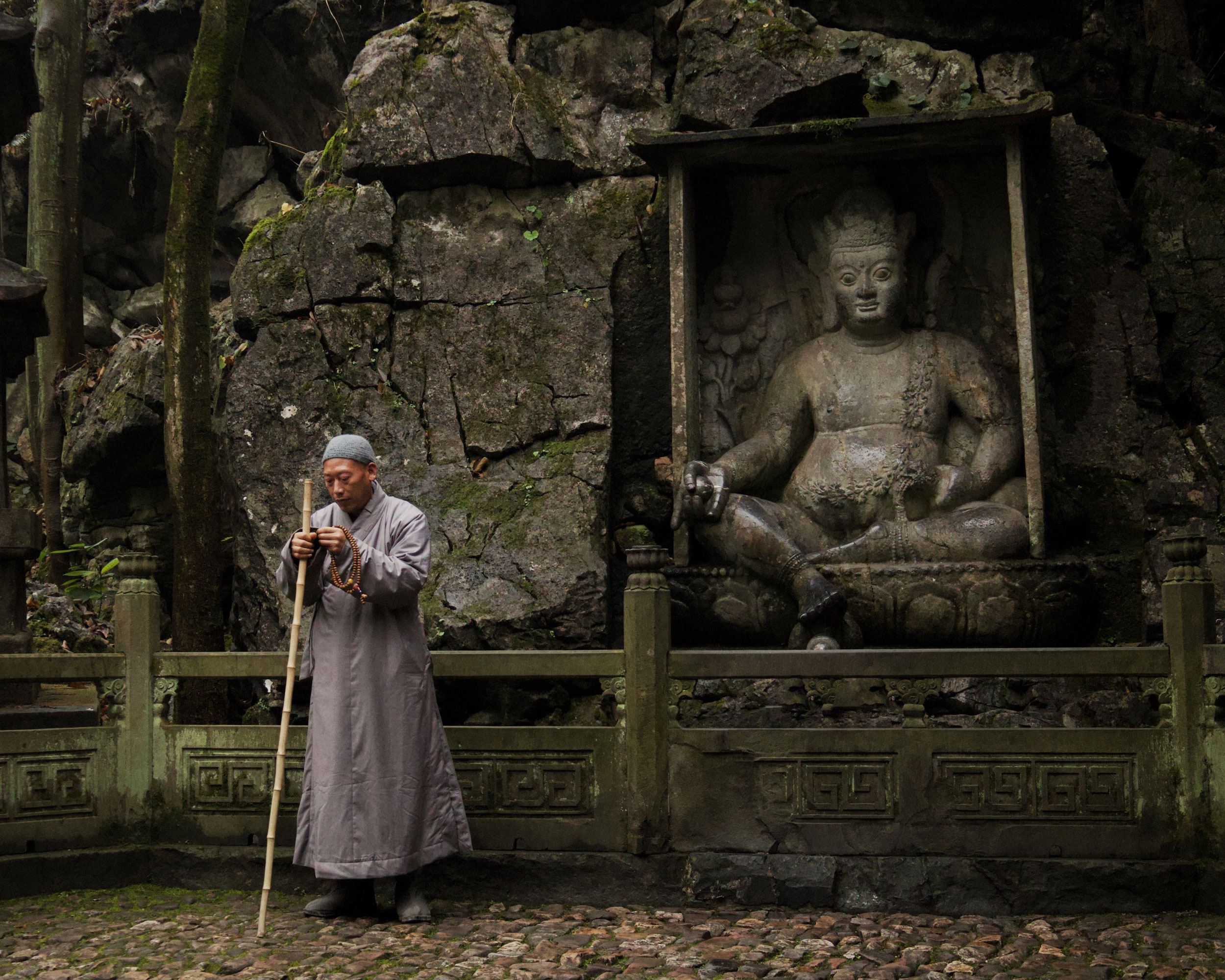
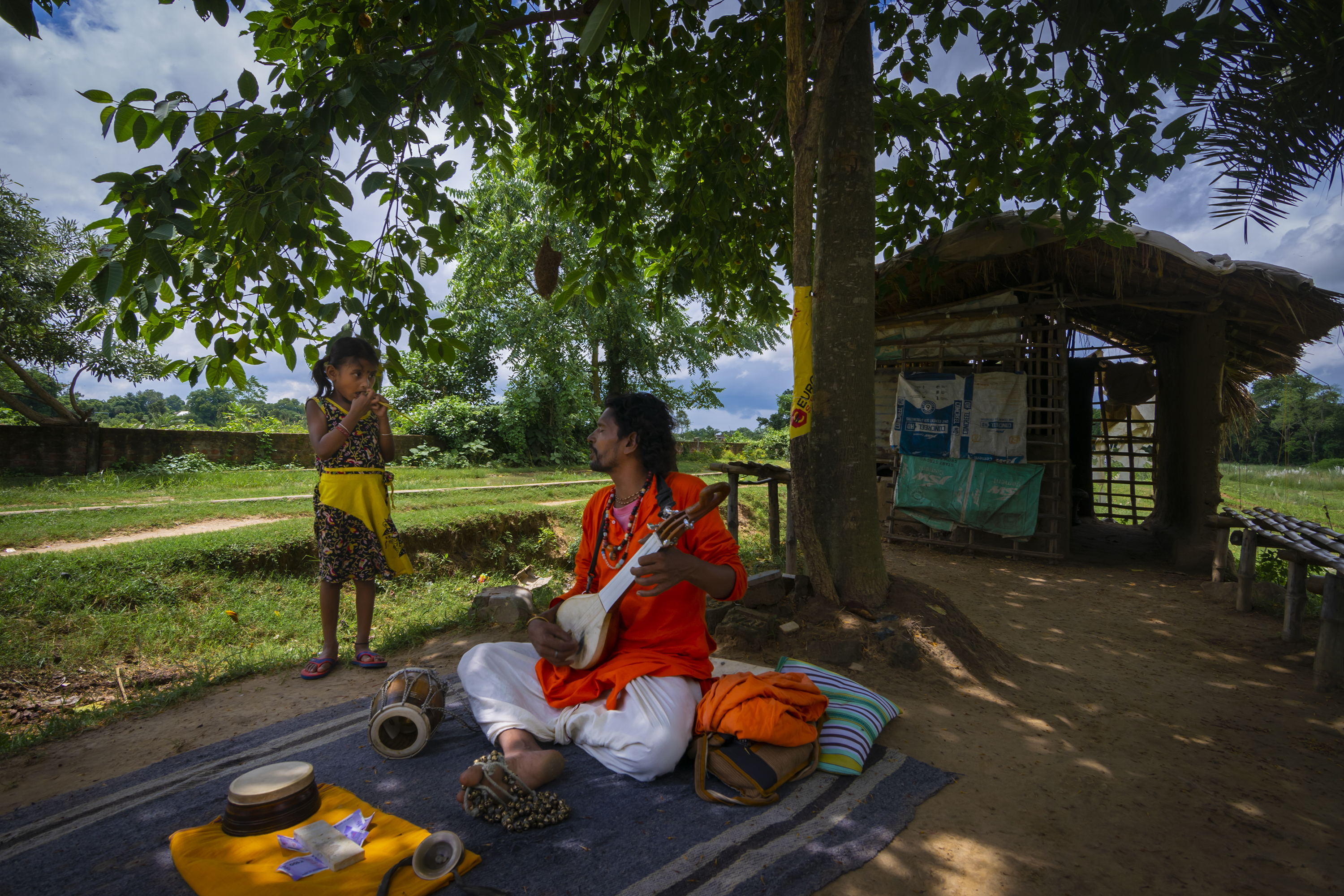
On this page, you can see the winners and runners-up in photography category of Silk Cities International Competition. You can see the results of the video category here.
Silk Cities international competition received submissions from 16 depicting 17 countries, in Asia, Europe, Americas and Africa. Click on the map to see them.
Winners
Here are the winners of Silk Cities' International Photography Competition!
Runners-up
First Place: Sandipani Chattopadhyay
The Street of Dhaka
Friday prayer on the Dhaka Street during Ijtema festival. Ijtema is one of the major Islamic religious gathering which happens every year in Dhaka, Bangladesh. Ijtema is the annual three-day congregation & it has a strong appeal to South Asian Muslims and its diaspora. Millions of Muslim people visit Dhaka during this ceremony. Friday prayer during this event is very much essential for the Muslims. Dedicated prayer ground is not enough to handle this huge number people during the prayer time, so large number of people come to the main street of Dhaka. The Muslims believe that the blessings of the almighty will be bestowed upon them as its consequence. All the ground transportation & other people movement is suspended during that time.
Second Place: Mouneb Taim
Ramadan Meals Among the Ruins in Idlib, Syria
After the campaign of the Syrian regime on the countryside of Idlib and the departure of the Syrian regime forces from the city of Nayrab, usually the people of the city found all its houses destroyed, and that was in the month of Ramadan of the year 2020 in the fifth month on the 7th of the month Neither the war nor the destruction prevented the people from holding a group breakfast for the people, which was an important habit for them in the month of Ramadan, which made them determined and determined to revive a group breakfast among each other on the rubble.
Third Place: Amar Habeeb
Celebrating Prosperity
Group of men playing the tradtional music and dancing to its tunes during the National Day celebration of UAE at the capital of the country Abu Dhabi. The community have advanced from a simple and humble life to one of the most well developed and advanced country. Even though country gone thru modernisation history of the country is well remembered and the traditions are well followed. From this photo I want to convey this same message. The modern buildings at the background shows the prosperity of the nation and these men represents the culture and values of the place which is well respected and carried on.
Runners-up
Here are the runners-up of Silk Cities' International Photography Competition in alphabetical order! Click on the thumbnails to see the full image.
The runners-up are in alphabetical order.
Aung Chan Thar
Floating Villages
Inle Lake, renowned for its floating houses and villages, offers a captivating sight of human habitation amidst the water. Small boats navigate the channels, weaving between these unique dwellings, creating a scene that harmonizes with the concept of silk cities. The resilient communities showcase their daily lives, while the gentle ripples on the lake reflect the artistry of silk weavings. Inle Lake emerges as a contemporary silk city, where tradition, innovation, and the serene waters intertwine in a mesmerizing display of human ingenuity and natural beauty.
Goran Erfani
Nightlife
Jemaa el-Fnaa is a square market in the heart (medina) of Marrakesh, Morocco. The square is not just a tourist attraction, but it is also a vital hub for the local community's cultural life. During the day, the square is filled with a bustling market where vendors sell everything from spices and textiles to traditional Moroccan handicrafts. At dusk, Jemaa el-Fnaa transforms into a lively open-air theatre, with street performers, snake charmers, henna tattoo artists, and musicians entertaining crowds of visitors. Food stalls are set up, offering a range of traditional Moroccan dishes such as tagine and couscous, as well as freshly squeezed orange juice and sweet mint tea. To me, Jemaa el-Fnaa's cultural life is an integral part of Marrakesh's identity, and the square plays a crucial role in promoting and preserving Moroccan culture and traditions for future generations.
Goran Erfani
Fascinated by Illuminations
This photograph is from the Durham Lumiere, a light biennial festival produced by a UK-based company called Artichoke. Every two years, using light technology and installation arts, a temporary urban landscape (only for four days) is created in different parts of the medieval city of Durham. The light festival brings many people together who are fascinated by illuminations. The festival has gained popularity over the last couple of years and has become means to attract tourism and local communities and attention to cities where they take place.
Reza Masoudi Nejad
The annual Muharram ritual in the old city of Mumbai in 2010, when the members of Bohra community travelled from all over the world for the annual commemoration of tragic martyrdom of grandson of the prophet Muhammad. The gathering transformed the old city into a rituals arena, producing solidarity among the members of community who were dispersed all over the world during the colonial era. A pilgrimage is a journey to a holy place, such as the old temple wall in Jerusalem or Buddha’s footprint. However, this image captures a pilgrimage that is defined not by arrival at a holy place but by a sacred annual sermon. The Dawoodi Bohras would travel to wherever their spiritual leader chooses to deliver his Muharram sermons that is not continually held at the same place, it would be in Mumbai, Zanzibar or elsewhere.
S R Hossain
The Little Listener
A Baul Singer performing a baul song infant of little girl in the countryside of West Bengal in India, Baul or Bauls (Bengali: বাউল) are a group of mystic minstrels from Bengal, and living in Rural West Bengal, India & Bangladesh. Their music and way of life have influenced a large segment of Bengali culture; also Baul music had a great influence on Nobel Prize laureate Rabindranath Tagore's poetry and on his music (Rabindra Sangeet).
Zifan Zhang
Monk meditates in front of a Buddha statue in Feilaifeng's limestone peak in the city of Hangzhou in China. There are more than 300 statues from the Five Dynasties (907-960 AD) to the Yuan Dynasty (1271-1368 AD) among the stones. In the caves of Feilaifeng and the cliffs along the creek, the earliest carvings of the three Buddha statues, including Maitreya, Guanyin, and Da Shizhi, were built in 951 AD.

